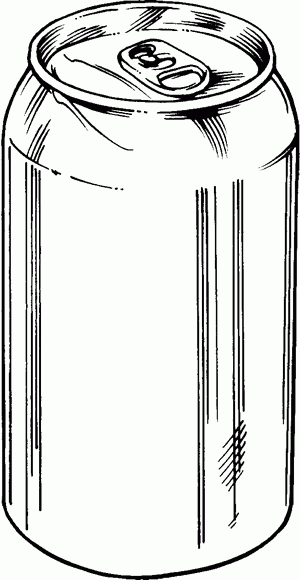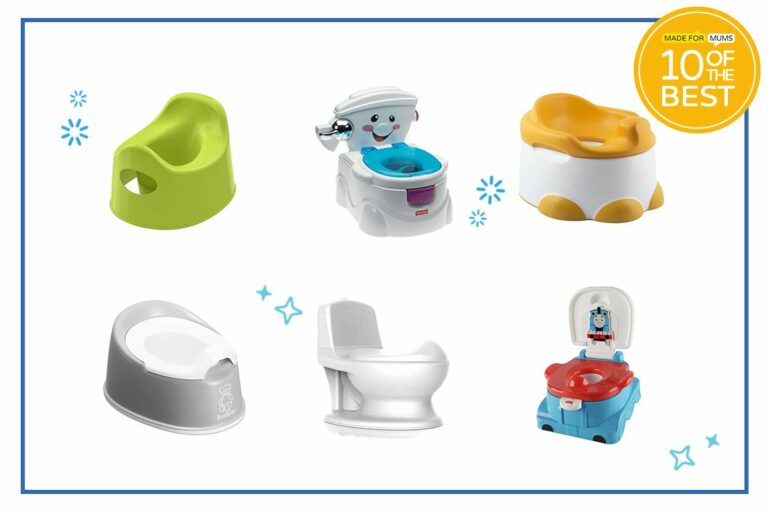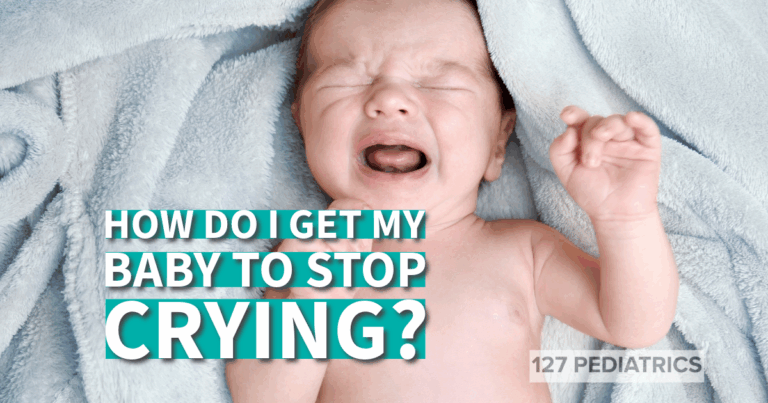When Do Baby’s Soft Spots Close
As a parent, one of the many concerns you may have about your newborn baby is when their soft spots, also known as fontanels, will close. Understanding this aspect of your baby’s development is crucial for their well-being and overall health. In this article, we will delve into the topic of when a baby’s soft spots close, providing you with all the necessary information to ensure your little one’s growth and development.
Knowledge
Fontanels are the soft spots on a baby’s head that allow for the growth and expansion of their skull during the first few months of life. There are typically two soft spots on a baby’s head: the anterior fontanel, located at the top of the head, and the posterior fontanel, situated at the back of the head. These soft spots are covered by a tough membrane and play a crucial role in the development of the baby’s brain.
The anterior fontanel is the larger of the two soft spots and is usually diamond-shaped. It typically measures around 2 to 3 cm in diameter at birth and gradually grows throughout the first few months of life. By the time a baby reaches 18 to 24 months of age, the anterior fontanel will usually close completely. The closure of the anterior fontanel marks an important milestone in a baby’s development, as it indicates that their skull bones have fused together.
The posterior fontanel is smaller than the anterior fontanel and is triangular in shape. This soft spot is located at the back of the head and is usually fully closed by the time a baby is 2 to 3 months old. The closure of the posterior fontanel is an essential part of a baby’s development, as it signifies the maturation of the skull bones and the strengthening of the skull structure.
While the timeline for fontanel closure is generally consistent among babies, there are certain factors that can influence the process. Premature babies, for example, may have a delayed closure of their fontanels compared to full-term babies. Additionally, certain medical conditions or nutritional deficiencies can also impact the rate of fontanel closure. It is essential to monitor your baby’s fontanels regularly and discuss any concerns with your pediatrician.
Conclusion
In conclusion, understanding when a baby’s soft spots close is essential for parents to ensure the healthy development of their little ones. The anterior fontanel typically closes by 18 to 24 months of age, while the posterior fontanel closes around 2 to 3 months old. Monitoring your baby’s fontanels and discussing any concerns with your pediatrician is crucial for their overall well-being. Remember, each baby is unique, and the timeline for fontanel closure may vary. By staying informed and attentive, you can support your baby’s growth and development effectively.
Final thoughts: The closure of a baby’s soft spots is a natural and necessary part of their development. While it may seem like a small milestone, it signifies the maturation of the skull bones and the strengthening of the skull structure. By understanding when a baby’s soft spots close, parents can ensure that their little ones are on track for healthy growth and development. Remember to consult with your pediatrician if you have any concerns or questions about your baby’s fontanels.






